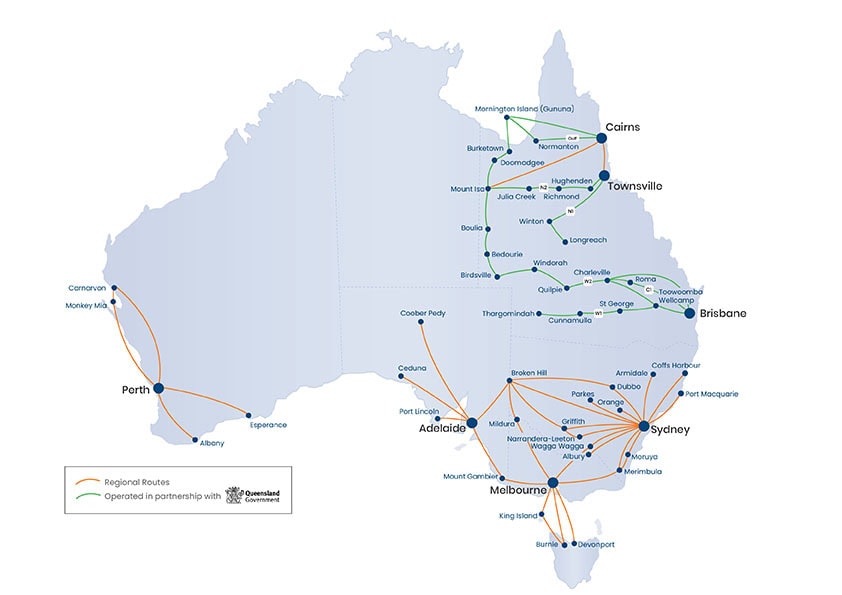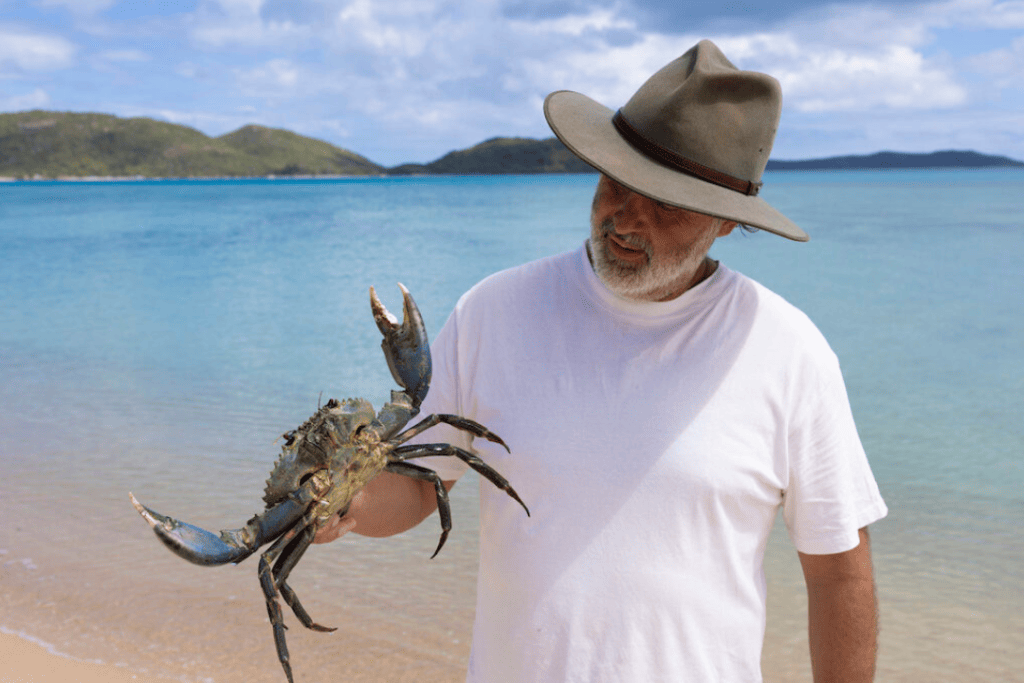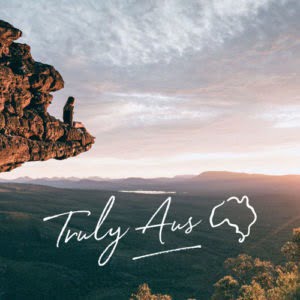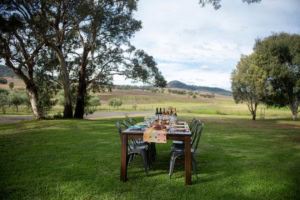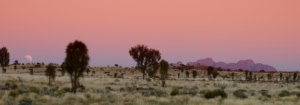A trip to Bamaga will immerse you in the remote and rugged beauty of Australia’s northern Cape York Peninsula – so don’t forget to bring your sense of adventure.
Surrounded by the Coral Sea to the east, Torres Strait at the tip and the Gulf of Carpentaria on the west, Cape York covers a massive 150,000 square kilometres. It is an immense and diverse region, rich in untouched national parks, pristine rivers, secluded beaches and strong Indigenous culture.
Bamaga is Australia’s most northerly mainland township with a population of around 2,000 residents. The laidback little town is the service centre for the region, which encompasses five communities: Injinoo, Umagico, New Mapoon, Seisia and Bamaga. Bamaga is home to a large Saibai Islander community, who settled there in the late 1940s under the leadership of elder Bamaga Ginau, who gave the town its name.
The best time to head to Bamaga is in the dry season, from May to October, when weather conditions are ideal. Bring your sense of adventure and go camping, fishing or 4WDriving, and learn about the incredible Aboriginal and early European history of the area.
Opening image: Torres Strait Eco Adventures. Image: Tourism and Events QLD.

Getting there
The Bamaga airstrip was constructed during WWII as a substitute base for bomber planes and is still in use today. The town is just a 2-hour flight from Cairns.
If you feel like hitting the road, Cape York is also the ultimate self-drive holiday, with some of the best 4WD routes in the country. These are for experienced drivers only, as river crossings and vertical drops are common. For less experienced drivers, you can join a tag-along or commercial tour.

Trip to The Tip
Thirty-two kilometres north of Bamaga is The Tip, or Pajinka: the northernmost point of the Australian continent. The red dirt road winds through lush rainforest before arriving at Frangipani Bay. It’s then a 15-minute walk over a rocky headland to the dramatic scenery of The Tip. A selfie with the sign “You are standing at the northernmost point of the Australian continent” is a must.
On your way to The Tip, make a detour to Somerset Beach, the site of the first European settlement in the region in 1864. All that remains at the picturesque beach are headstones, cannons and remnants of a well, while Aboriginal rock paintings in the next bay are accessible at low tide.

An angler’s paradise
Cape York is a bucket-list destination for those serious about their fishing. With the largest diversity of fish species in Australia and the ability to fish all year round, there is something for every type of angler.
Go estuary fishing in the Jardine and Jacky Jacky River, or cast off for reef and rock fishing at The Tip. The famous Sesia Jetty continues to live up to its name as one of the best fishing jetties in Northern Australia, with the fish species on offer ranging from small, feisty jungle perch through to awesome giant marlin. Hire a boat, take a guided charter or just throw in a line from any of the stunning beaches.
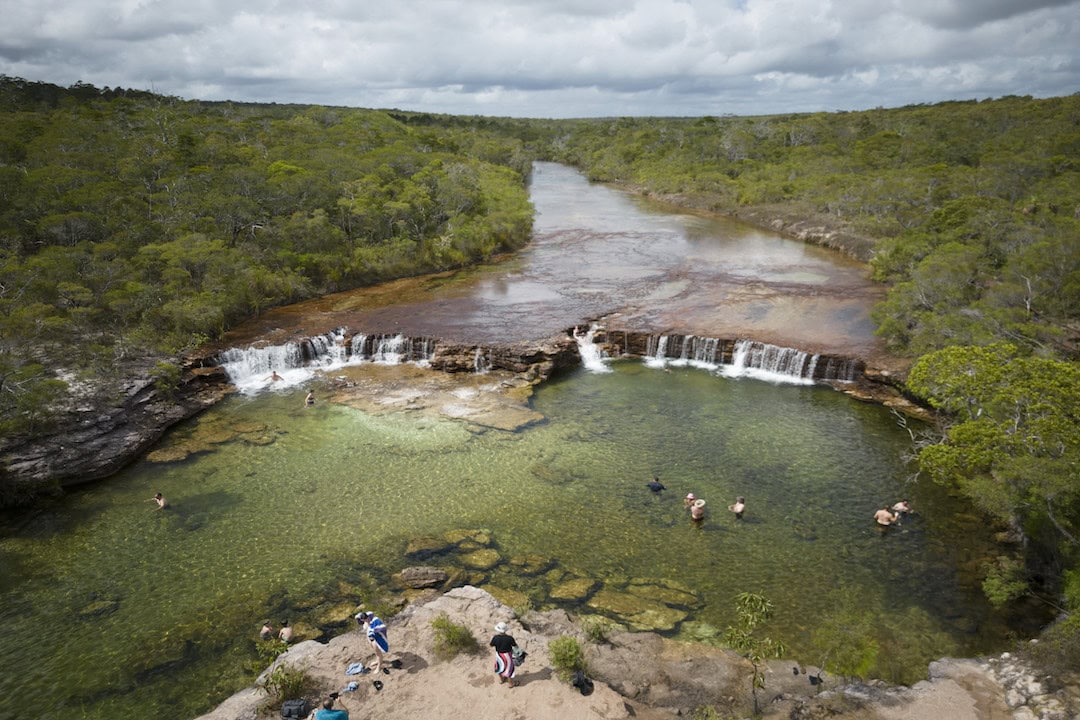
Off the beaten track
Swim in stunning (and croc-free) waterholes at Jardine River National Park. Get there by crossing the mighty Jardine River by vehicular ferry – and keep a look out for the big crocs known to inhabit these waters. Follow the 4WD tracks, including the well-known Old Telegraph Track, to Fruit Bat Falls for a dip in the refreshing crystal-clear waters. Named for their winged shape, the 2-metre falls curve across Eliot Creek where water cascades over a rocky shelf into a green, sandy-bottomed pool.
You can also take the ferry to Thursday Island to see historic and cultural attractions such as Green Hill Fort and the Gab Titui Cultural Centre, which houses historical artefacts and contemporary Aboriginal art.

Where to stay
The Cape York Peninsula Lodge, beside Mosby Creek, is recently renovated, with comfortable air-conditioned rooms, a timber deck and central swimming pool. The lodge is run by Bamaga Enterprises Ltd, an Indigenous, community-owned not-for-profit that aims to raise the standard of living of the area’s Indigenous residents through infrastructure, grants, donations and scholarships. The Lodge also offer tours, cultural dance experiences and meals at the delightful Paperbark Restaurant.
Sleeping under the stars is a must in Cape York. At Mutee Head, a relaxing scenic camping spot on the water’s edge, you can string up a hammock or drop a line in the water, and even uncover a slice of the region’s WWII history. On the top of the western head sits the old WWII radar installation, and you’ll also find the graves of the first settlers from Saibai Island.

Explore the town
The newly renovated bar and bistro, the Bamaga Tavern, is the perfect place to relax and enjoy a cold drink or hearty meal while visiting Cape York.
A great place to stop in for lunch is the Bamaga Bakery. While it has gone through some name changes over the years, the bakery (and its local crayfish pies) are famous!
For the history buffs, there are two WWII aircraft wrecks located near the airport: a Beaufort A9-190 Bomber and a Douglas DC-3, VH-CXD now preserved as a war memorial.
For more to explore in Tropical North Queensland, check out our article on heart-pumping adventures in Cairns.
